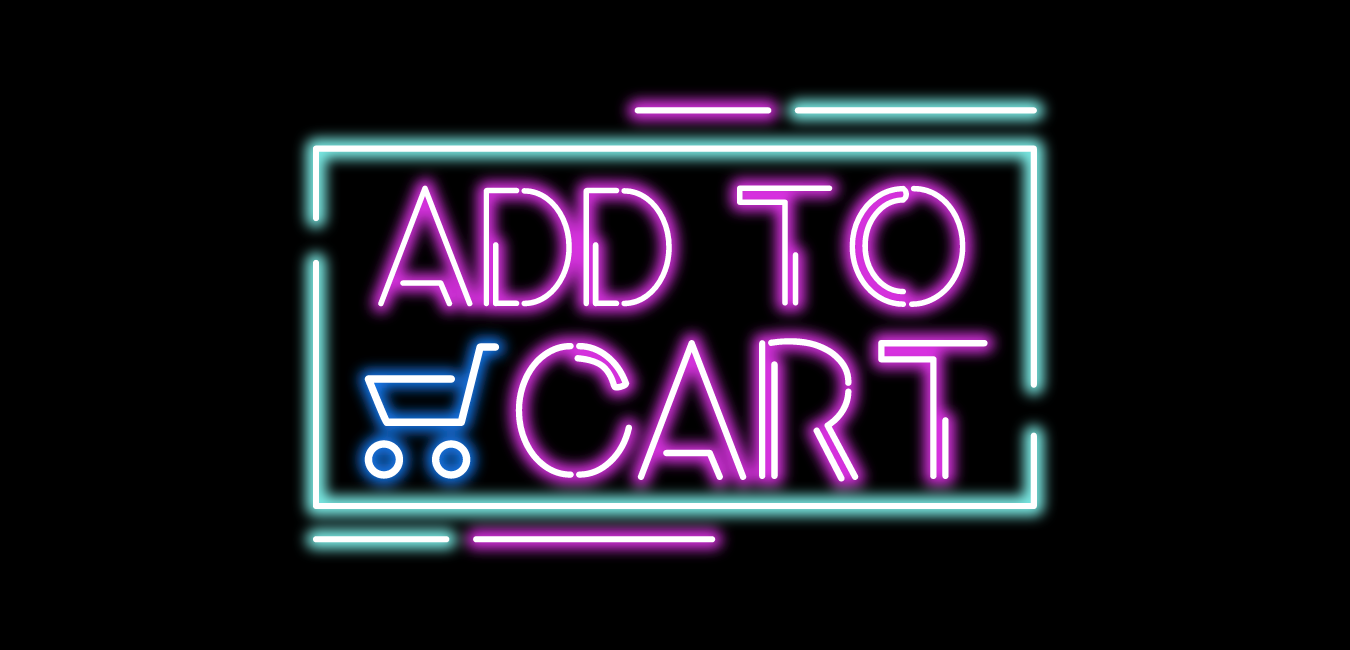
As we dive into Q1, eCommerce retailers need to be aware of what their consumers will be expecting from the year ahead.
By now marketers will have started to put their eCommerce strategies for 2022 in place and this year anticipating trends is the ultimate formula for success. 2020 and 2021 were years of many changes, with a significant shift in consumer needs and expectations as well as their shopping journey.
Here’s what the professionals at Google have highlighted as the 2022 digital trends that eCommerce retailers and marketers should expect.
Your consumers expect to see a reflection of themselves and their interests in your product offering. When they can resonate with your brand, then they are more likely to establish a solid relationship.
In 2022, people will want to know where you stand when it comes to diversity, inclusion and equity and your marketing shouldn’t overlook these elements.
When building shopping campaigns, knowing your market and the identities represented will make the process of meeting your target consumer’s needs and expectations a lot easier.
Consumers are no longer passive shoppers, they want to actively make more conscious choices.
It’s clear that the pandemic brought a significant shift in consumer behaviour and consumers are now more aware of the environmental impact of their purchases, which means you can’t overlook this need as an eCommerce retailer.
It can be challenging to incorporate sustainability into your 2022 marketing strategies, but there are ways to prioritise eco-friendliness and meet the needs of your shoppers:
- Show your customers how their shopping behaviour and choices contribute to sustainability efforts. For example, H&M highlights the use of recycled material for clothes and Levi’s highlights the amount of water saved per garment (Levi’s).
- Make eco-friendliness and sustainability blend into your brand naturally, without showcasing it to consumers as a special feature.
- Be transparent with your messaging and avoid ‘greenwashing’ by stating misleading information about the sustainability of your products.
The evolving consumer expectations have brought new digital habits. Since the start of the pandemic, retail has become more digitally focused for consumers, with online soaring to 30% of retail sales in April 2020.
To boost your online sales, prioritise building your online presence, ensuring that shoppers can find every information they need at their fingertips.
Work on making your online content more “shoppable”. Nowadays, people can make purchases buying directly from social posts or while watching video content on YouTube. To create effective shoppable content, Google suggests using the ABCD framework:
- Attract: Hook and sustain people with storytelling
- Brand: Brand early and often
- Connect: Help people think and feel something
- Direct: Ask them to take action
Data shows that ads that follow this framework are likely to see a 30% lift in short-term sales.
Google point out that in order for your eCommerce store to be seen and for your brand to stand out in 2022, you should be more intentional about communicating your value and authentic purpose.
When working on your advertising campaigns, make sure that the messaging is relevant to people and reflects their needs, without neglecting what’s true to your own brand. Be authentic and consistent when communicating what you stand for because this will differentiate your brand from the ‘crowd’, helping you connect with your customers to build meaningful relationships.
Today’s consumer values online privacy and expects their personal data to be protected when they’re online. In 2022, you need to focus on building and implementing a data protection strategy that puts the customer first.
This might mean changing your methods of measuring and reaching audiences to make your shoppers feel that they have some control over the personal data they share.
Also, be honest and transparent about how and when you collect personal information. That way your customers will feel valued.
If you need help with your shopping campaigns this year, get in touch with our team of Shopping specialists here.
Monthly Subscription